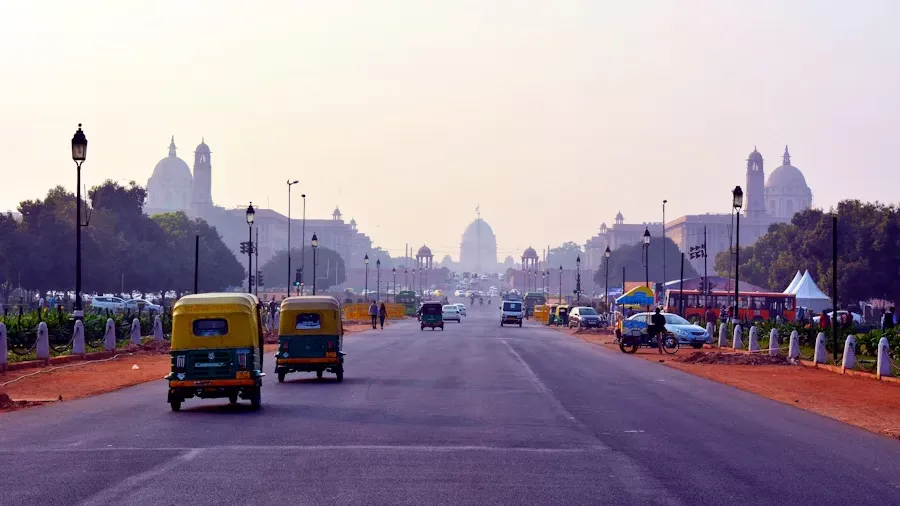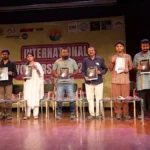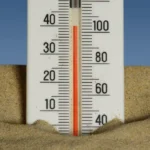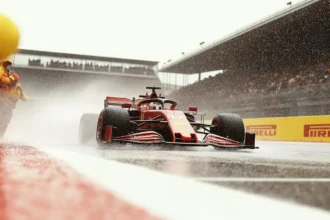Have you noticed feeling more tired when outside in Delhi lately? An invisible danger is lurking in the air you breathe during those warm summer days. According to DownToEarth, Delhi is facing a serious spike in ground-level ozone pollution, with dangerous levels recorded between March 1 and April 25, 2025.
Ground-level ozone is not the same as the good ozone high in the sky that protects us from the sun. This ground ozone is a harmful gas that forms when sunlight cooks other pollutants from cars and factories. You cannot see it or smell it, but it can harm your lungs.
The problem gets worse during the hottest parts of the day, usually between 11 AM and 6 PM. This is exactly when many people are outside working, playing, or traveling.
Where is the Problem Worst?
- Nehru Nagar (showed high levels on all 56 studied days)
- Najafgarh
- Major Dhyan Chand National Stadium
- Sri Aurobindo Marg
- Patparganj
- RK Puram
On April 13 alone, 25 out of 39 air monitoring stations in Delhi showed unsafe ozone levels. These are places with limited green cover and lots of buildings that trap heat.
How Bad is the Air Quality?
The numbers are worrying. Air quality experts measure ozone in micrograms per cubic meter of air. The safe limit set by India is 100 g/m8 over an 8-hour period.
| Location | Average Ozone Level (g/m8) | How Much Above Safe Limit |
|---|---|---|
| Nehru Nagar | 224.9 | 125% higher |
| Patparganj | 188.3 | 88.3% higher |
| RK Puram | 175.4 | 75.4% higher |
| India’s Safe Limit | 100 | – |
| WHO Guideline | 60 | – |
These high numbers mean the air has much more pollution than what experts say is safe to breathe. The World Health Organization suggests even lower levels (60 g/m8) for good health.
Why is Ozone Pollution Getting Worse?
Think of ground-level ozone like a cooking recipe. It needs certain ingredients and conditions to form. In Delhi’s case, all these ingredients come together perfectly in early summer.
- Heat and sunlight: Acts like the “cooking fire”
- Nitrogen oxides (NOx): Come mostly from vehicle exhaust
- Volatile organic compounds (VOCs): From vehicles, industries, and some household products
- Urban heat: Buildings and roads that trap and increase heat
- Limited green spaces: Fewer trees to help clean the air
When all these things mix together on a hot, sunny day, they create a perfect storm for ozone formation. Climate change is making this worse by increasing temperatures.
Health Problems Already Happening
The health effects are not just a future worry—they’re happening now. Recent reports show clear connections between Delhi’s air quality and health problems.
- In 2023, children saw a 20–30% increase in breathing problems
- Hospital visits for asthma attacks went up during pollution spikes
- In November 2024, sales of nebulisers and inhalers jumped by 40%
- Old-age homes installed air purifiers and oxygen cylinders to protect residents
- Children under five suffered more cases of anaemia and acute respiratory infections
The most vulnerable people include three main groups: children whose lungs are still developing, elderly people with weaker immune systems, and outdoor workers who spend hours breathing the polluted air.
What Could Happen Next
If these pollution levels continue or get worse through summer, the long-term effects could be very serious.
- Health costs: More hospital visits and medicine expenses
- Reduced crop yields: Ozone damages plants too, affecting food production
- Economic losses: Missed work days, lower productivity
- Food security issues: If crops are affected over large areas
- Cognitive effects: Some studies link air pollution to brain function problems
The good news is that solutions do exist. Better public transport, more green spaces, and stricter controls on polluting industries could all help reduce the problem.
As summer continues, you should try to limit outdoor activities during the hottest parts of the day, especially if you or your family members have breathing problems. The invisible threat in Delhi’s air needs both personal protection and bigger policy changes to solve.











